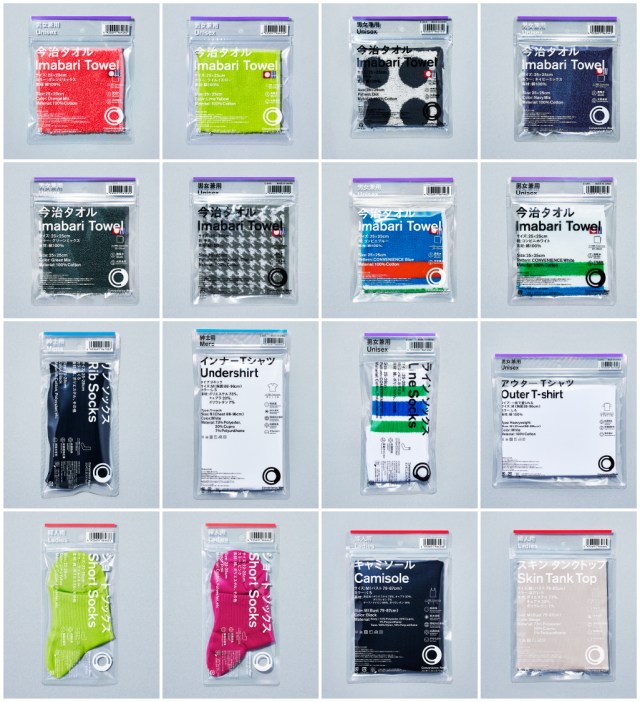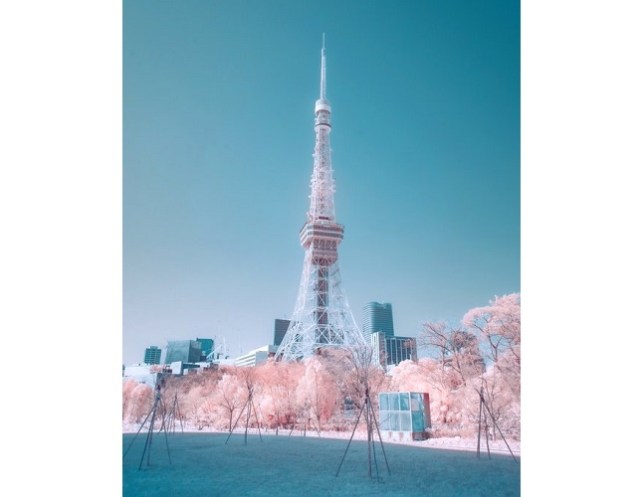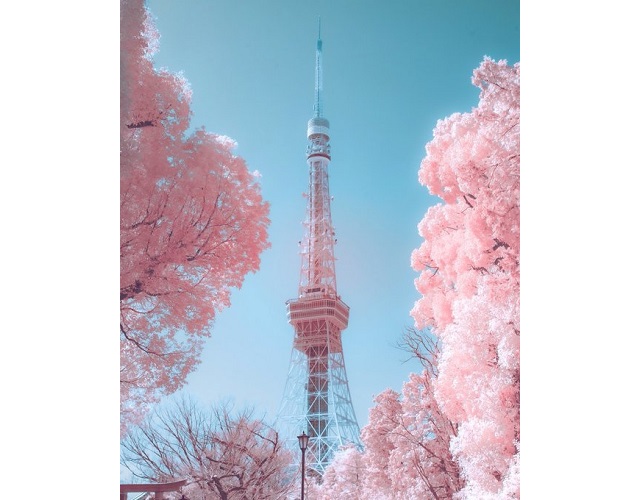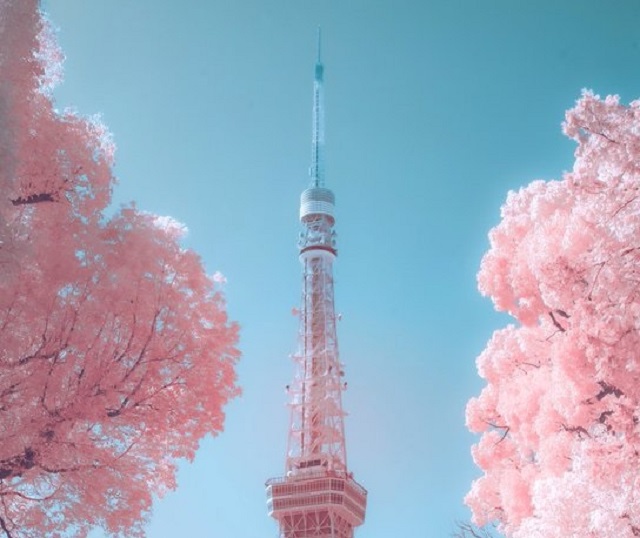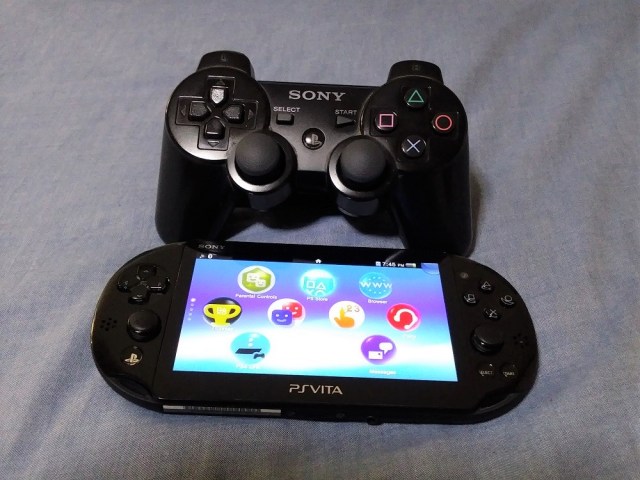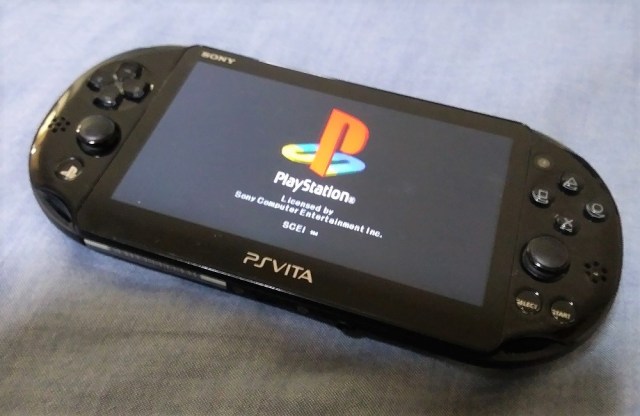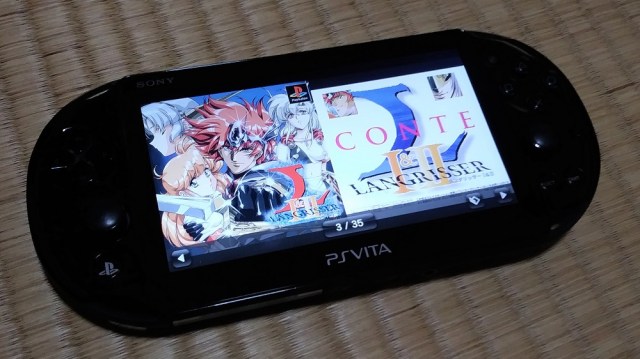https://ift.tt/3dmk4s4 Katie Pask

We send Seiji to find out more about the terrible curse!
Our brave Japanese language reporter Seiji is familiar with the occult already, as he once moonwalked across a bridge to avoid being taken by vengeful spirits. The bridge, Oshimabashi in Fukui Prefecture, is close to the cliffs of Tojinbo, a famous landmark that is a well-known suicide spot, named after a monk who met his death there and whose ghost is still said to haunt the area to this day.
Last time Seiji battled with the bridge, but this time he decided to report on what happened when he crossed the bridge, to the uninhabited island of Oshima. Being so close to Tojinbo, a hot spot for the supernatural, Oshima has an urban legend all of its own: if you walk around the island counterclockwise, you will die.
Seiji first heard about the island of Oshima from his friend Mr. Y, who was born and raised in Fukui. According to Mr. Y, Oshima is a place with a long history with the supernatural, and a popular spot for psychics and lovers of the occult to gather. In fact, when Seiji mentioned he was going to Oshima, Mr Y told him “Please be careful…”
▼ To protect Mr Y. from any possible revenge attacks from ghosts, we’ve hidden his face.
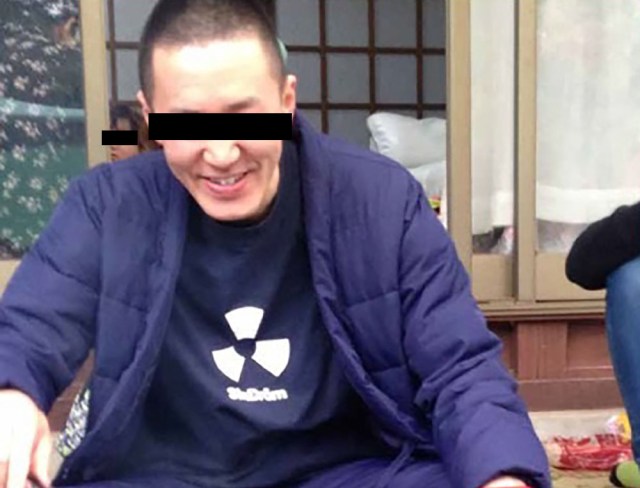
So it was with bated breath that Seiji made his way across the bridge and to the island of Oshima. As it was uninhabited, would it be a literal ghost town? What kind of evil spirits would be waiting for him at the other side?
To his surprise, it wasn’t a ghost town at all. In fact, he was greeted with a parking lot full of cars, with families and groups of sightseers following him across the bridge to Oshima Island. Seiji let out a sigh of relief. For now, he appeared to be safe.

While Oshima has its fair share of urban legends, it also seemed to be a popular spot for sightseeing. Just across the ocean was a clear view of the Echizen-Kaga Kaigan Quasi-National Park. In fact, the view is so beautiful that the locals refer to it as ‘Island of the Gods’, and the nature there is said to have remained untouched for over a thousand years.
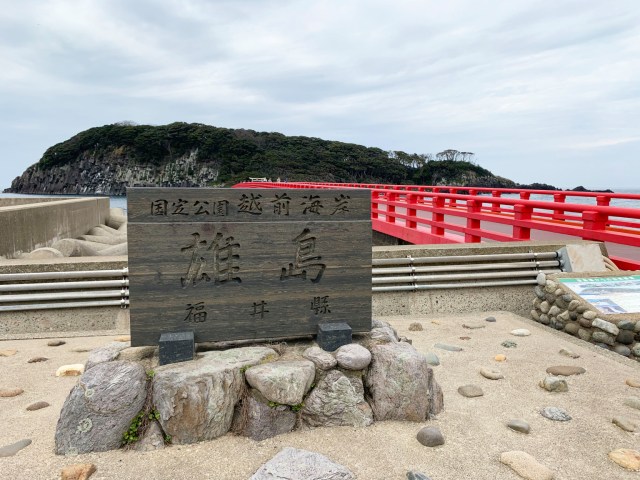
So despite everything, Seiji was torn between ‘ghost hunter‘ mode and ‘blissfully unaware tourist’ mode, and he followed the stream of families making their way to the island. As he approached the torii gate, Seiji felt relaxed and less scared, but just to be on the safe side, he bowed respectfully and said “excuse me” as he passed through.
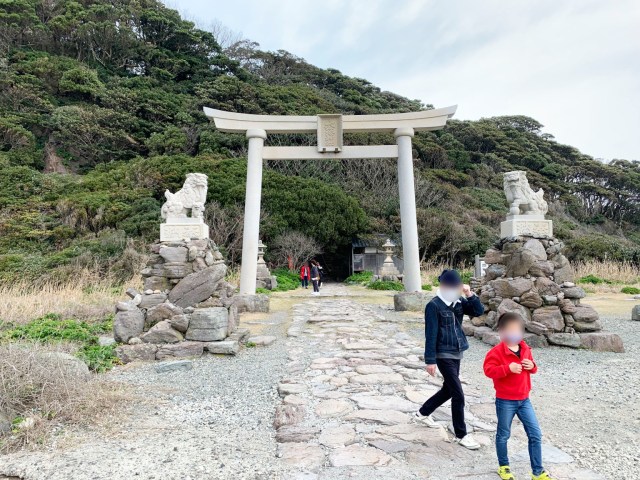
The first thing Seiji spotted was a group of youngsters doing a spot of fishing, and was immediately reminded of a famous movie from the eighties. If by chance they managed to catch a body, they could make a Japanese version of Stand By Me.
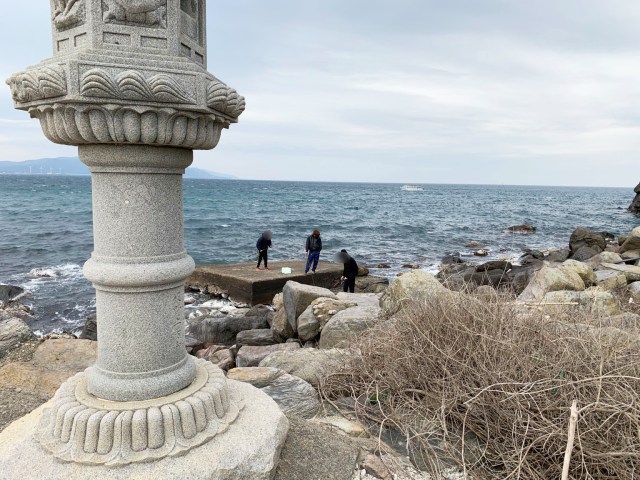
As he made his way further into the island, Seiji was faced with a long set of stone stairs, surrounded by a forest full of trees. Even though it was the middle of the day, the staircase still gave off a supernatural aura, and Seiji wasn’t the only one to feel a little spooked. A girl with her family took one look at the staircase, said “It’s scary!” and turned back.
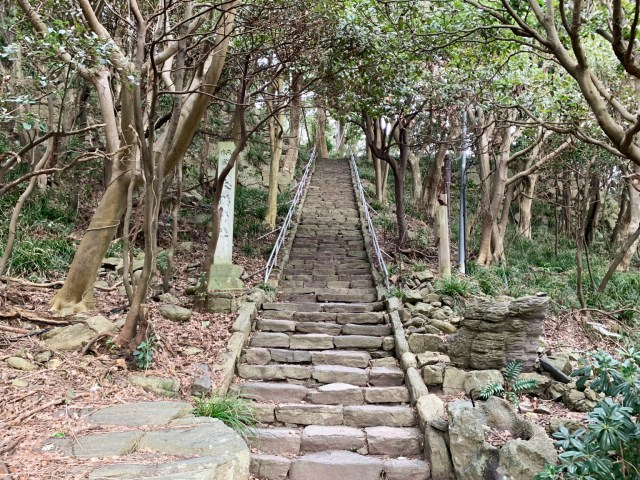
▼ Starting to look like something out of Princess Mononoke
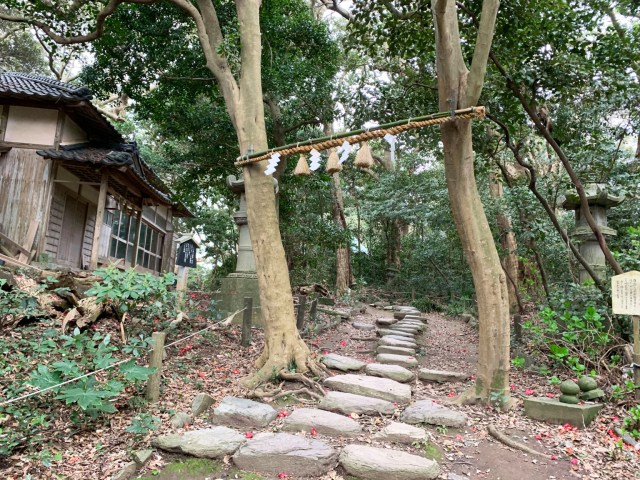
As Seiji bravely made his way up the stairs, he was met with a fork in the road. Following the advice he had read online, Seiji took the left path, keeping him on the clockwise route.

As he made his way along the path, he came across something more surprising than any supernatural activity he had expected to see…
▼ People…
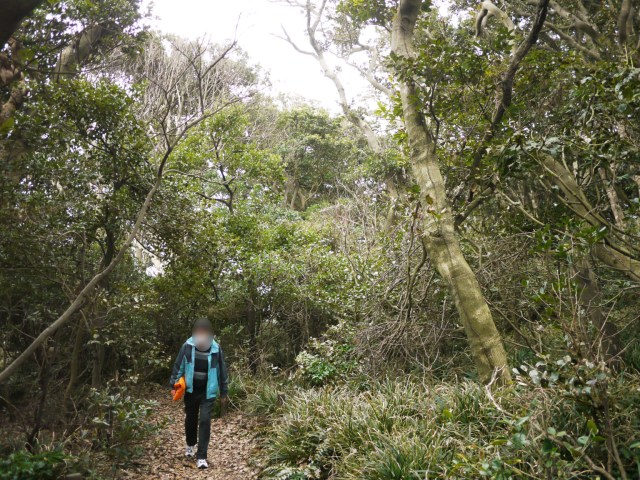
▼ …walking in the opposite direction??
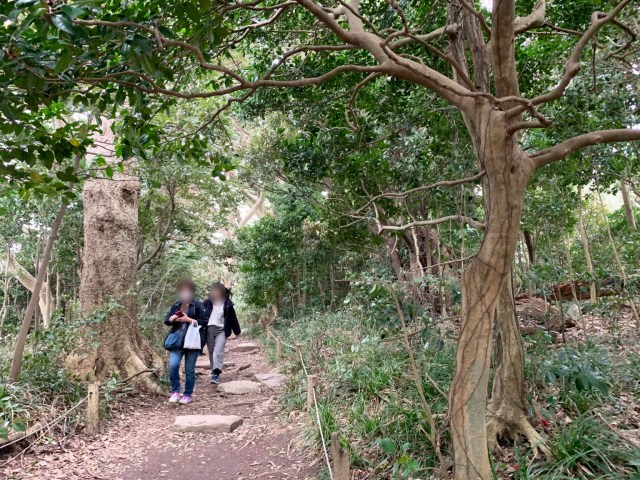
By walking past Seiji, who was very much walking on the clockwise route, this couple were facing the opposite direction, a.k.a they were taking the counterclockwise path. But while Seiji was suitably spooked by the counterclockwise couple, the atmosphere remained light and pleasant. Seiji could have called out “Lovely weather today, huh?” and it wouldn’t have seemed unusual at all, despite the fact that they appeared to be brushing with death. Did the couple not know that walking around counterclockwise would mean certain doom? Seiji decided to call out to them.
Seiji: Is it ok to take the counterclockwise path, then?
Couple: Hmm? What do you mean?
Seiji: I read online that taking the counterclockwise path isn’t good.
Couple: Ah, is that so?
Seiji: Why did you come to this island?
Couple: We went to Tojinbo for sightseeing, and we could see Oshima from there. We felt like there was something here worth seeing, so we came.
While people familiar with the urban myth may be stunned by the couple’s light attitude towards Seiji’s comments, most people would probably have a similar reaction. After all, for an area as beautiful as Oshima, people come for sightseeing and not for the occult. There were no signs telling people about the counterclockwise rule, and if the legend was as important as it seemed, surely locals would replace any signs that may have faded over time.
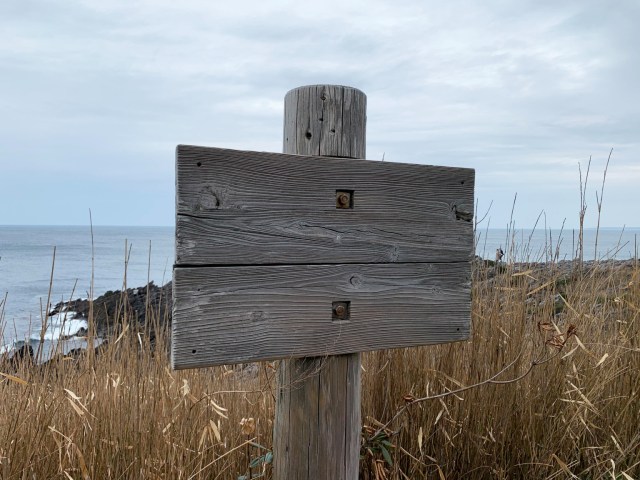
▼ A map of the island, with no mention of the clockwise vs. counterclockwise rule.
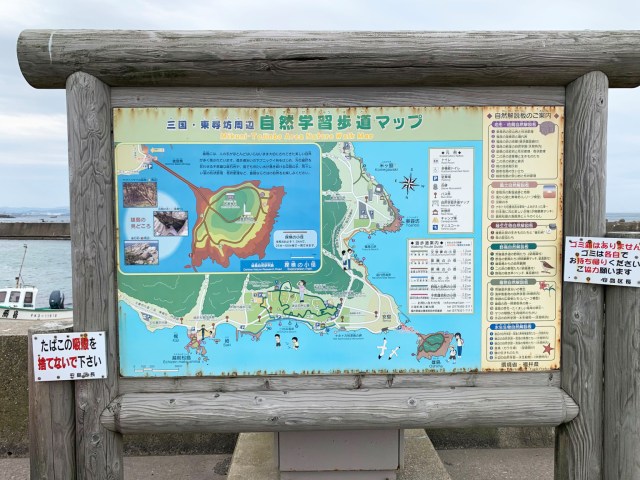
So Seiji completely removed his ghost hunter glasses and decided to enjoy the island for its beauty rather than its urban myths. There is certainly an atmosphere on Oshima Island, but it was more of a mysterious one than a spooky one. The dense forest that covered the island made Seiji feel like he was walking around on a movie set, such was its beauty.
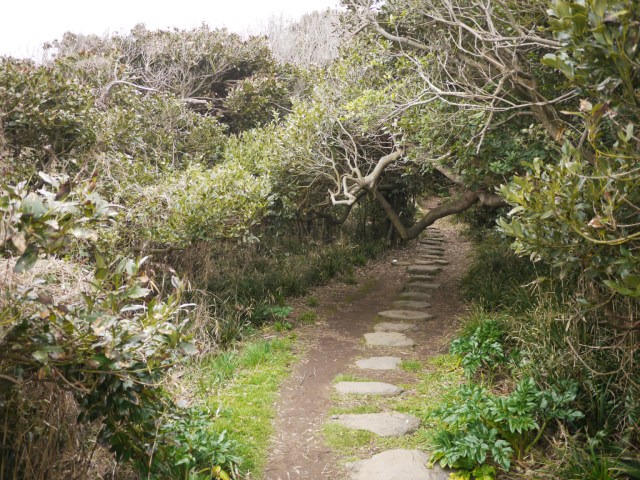
▼ Ominato Shrine had a bit of an aura, but it was a spiritual one rather than a scary one
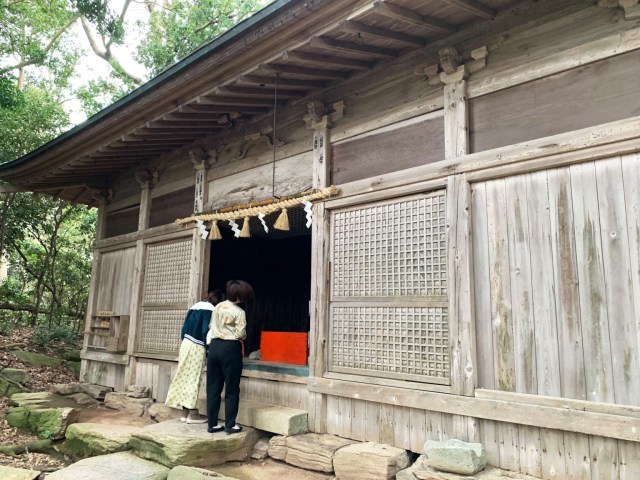
In the end, the Oshima Island that Seiji looked up online was one that was full of supernatural legends and spooky stories, but in reality the island is legendary for a very different reason — for how beautiful it is. To think of it as an occult hot spot and nothing else is a waste. The majestic scenery on the island and the view of the Tojinbo cliffs is a must for any would-be sightseer.
It was as Seiji made his way back to the bridge, ready to leave Oshima Island without any vengeful spirits haunting his daily life, when he noticed something… odd.

The parking lot was full of cars, but none of the cars were local. Seiji saw cars with number plates from nearby prefectures like Aichi, Ishikawa and Hyogo, but not a single one was from Fukui. Was it a coincidence? Or was there something more to this island that only the locals know? We’ll leave that up to you to decide…
Images © SoraNews24
● Want to hear about SoraNews24’s latest articles as soon as they’re published? Follow us on Facebook and Twitter!
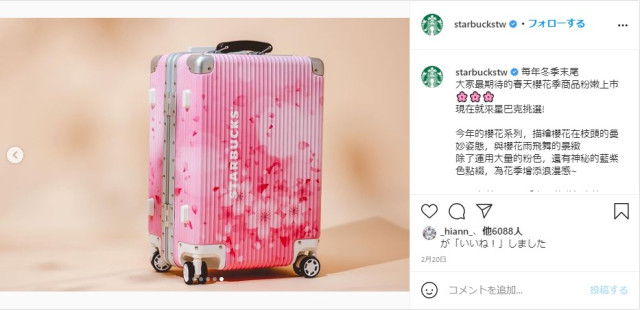

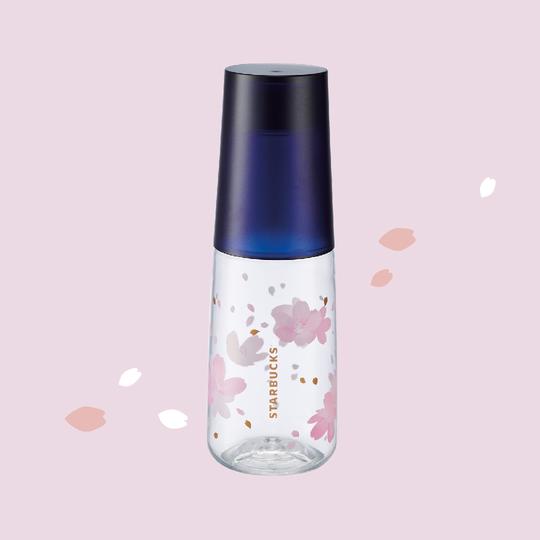
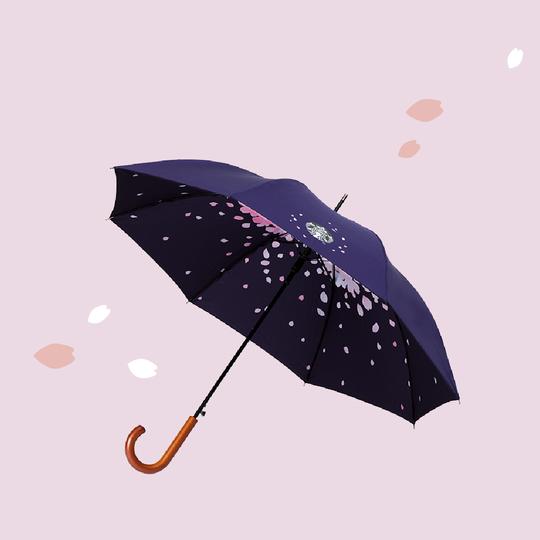


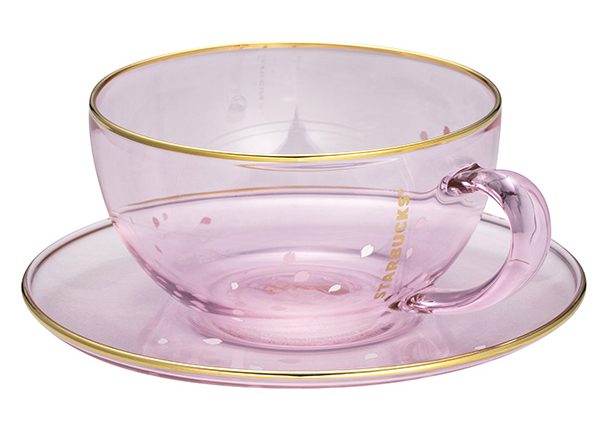
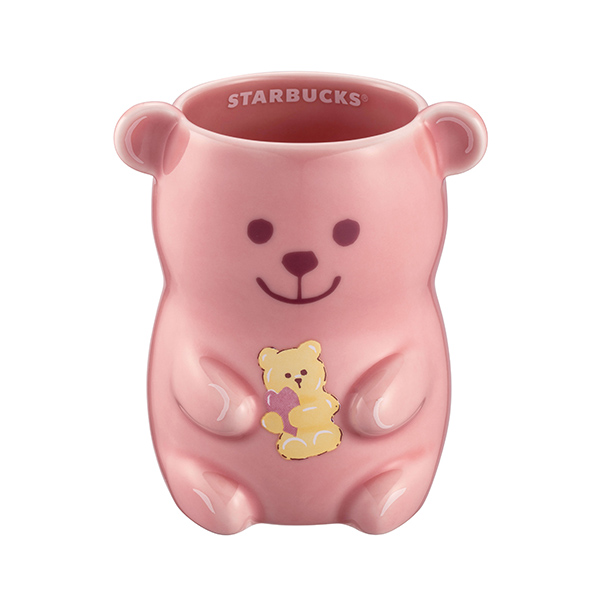


















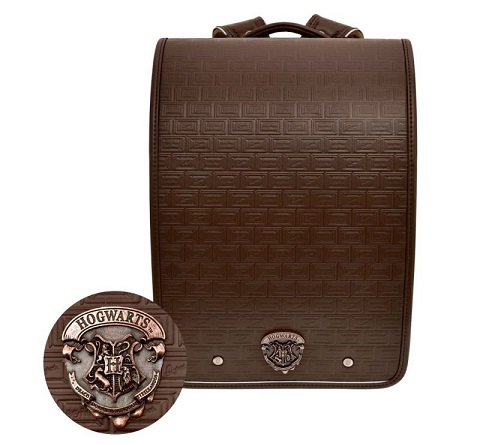






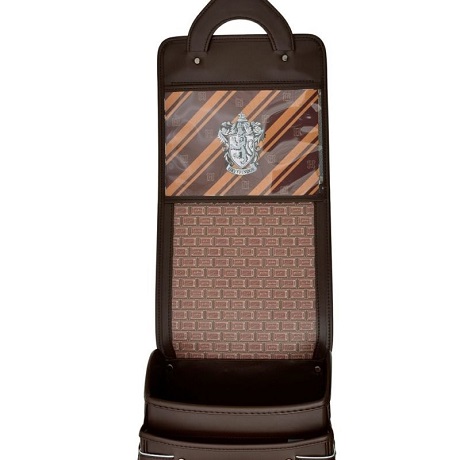
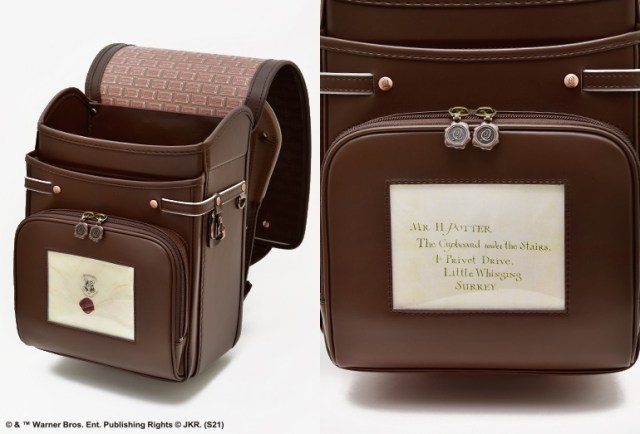
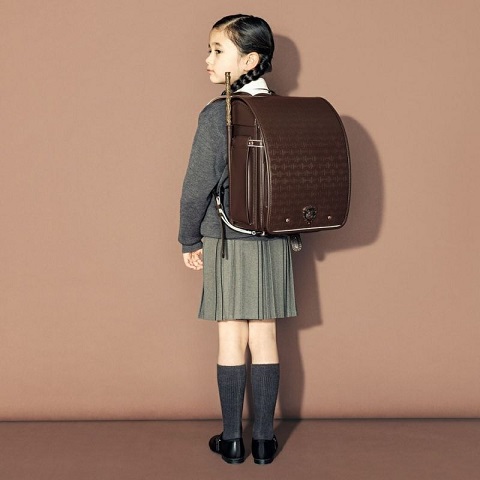



 (@OonaMcGee)
(@OonaMcGee) 
